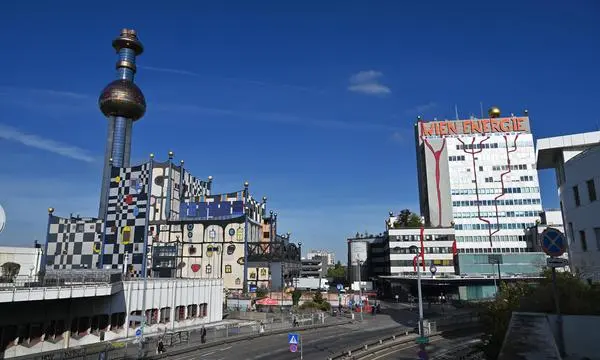Vienna residents are bracing for a chilly financial reality this autumn as Wien Energy announces a significant 15% increase in district heating costs. For the average 70-square-meter household, this translates to an extra €12 per month – roughly €140 annually that will vanish from budgets already stretched thin by inflation.
The price adjustment, taking effect for the 2025/26 heating period, stems from a perfect storm of rising gas prices (up nearly 20% from the previous heating season), increased personnel costs, and soaring construction expenses. But the real story lies in the complex web of Vienna’s energy dependency and the illusion of choice in its heating market.
The Gas Dependency Trap
Here’s the uncomfortable truth: nearly half of Vienna’s district heating still comes from gas-fired combined heat and power plants. Another third originates from waste incineration (that iconic Spittelau plant isn’t just for show), with the remainder coming from industrial waste heat, biomass, and geothermal sources.

This gas dependency means Vienna’s heating costs remain tethered to volatile international energy markets. Despite Wien Energy’s ambitious 2040 goal to go completely fossil-free, today’s residents are paying the price for this transitional phase.
The Rebate Reduction Game
The mechanics of this price hike reveal a bureaucratic masterpiece. Wien Energy doesn’t actually change the official maximum prices (set by authorities in 2022). Instead, they’re reducing the discounts they’ve been offering since the energy crisis began. The working price rebate drops from 43% to 37%, and the base price rebate disappears entirely.
“In total, we have passed on €700 million in support measures to our customers in district heating”, explained Wien Energy CEO Michael Strebl, defending the company’s track record. But with these new reductions, that support net is shrinking precisely when residents need it most.
The Contract Conundrum
Here’s where it gets particularly frustrating for Vienna’s renters and homeowners. Unlike electricity, where you can shop around for providers, district heating offers no such freedom. There are essentially two contract types:
- Official Price Decree contracts (affecting about half of the 470,000 households)
- Indexed contracts (automatically adjusting to gas market prices)
Which one you have depends entirely on your building’s setup and original agreement – not personal choice. The upcoming price hike primarily affects those under the official price decree system.
Political Fallout
The announcement has ignited political controversy, with opposition parties seizing on the timing and magnitude of the increases. FPÖ Vienna leader Dominik Nepp directly blamed Mayor Michael Ludwig, arguing he “could lower prices if he wanted to” given the official price decree mechanism.
ÖVP leader Markus Figl criticized the “Wien Energy monopoly” and demanded greater transparency and oversight. The criticism highlights a fundamental tension in Vienna’s energy landscape – a city-owned utility operating in what critics call a “closed system without real control.”
The “Klima Fit” Transition
Wien Energy is rolling out a new “Klima Fit” tariff for new connections, designed to reflect the changing energy mix and provide more transparency. This new approach will calculate prices annually based on the actual energy sources used, gradually reducing gas price influence as renewable sources come online.
“By 2040, gas prices will have no influence at all because we will no longer source gas”, Strebl promised. But that’s fifteen years of potential price volatility for today’s residents.
What This Means for Your Wallet
For those on official price decree contracts, the impact will be direct: higher monthly payments starting with the 2025/26 heating season. Your annual settlement for 2024/25 (arriving in coming weeks) won’t reflect these changes, but your advance payments for next year will.
Indexed contract holders may see less dramatic immediate changes, as their prices already fluctuate with gas markets. However, they’re not insulated from the broader upward trend in energy costs.
The Bigger Picture
This price hike exposes a critical challenge in Vienna’s energy transition: how to maintain affordable heating while shifting from established infrastructure to renewable sources. Wien Energy’s plan to invest €1 billion in geothermal, heat pumps, and network expansion is ambitious but comes at a cost.
The company maintains that even with these increases, Vienna remains among Austria’s most affordable cities for district heating. But for residents watching their utility bills climb while wages stagnate, such comparative comfort offers little solace.
As autumn approaches and Vienna’s legendary heating season begins, thousands of households will need to adjust budgets accordingly. The question remains whether this price shock will accelerate the push toward energy independence or simply deepen the financial strain on those who can least afford it.



